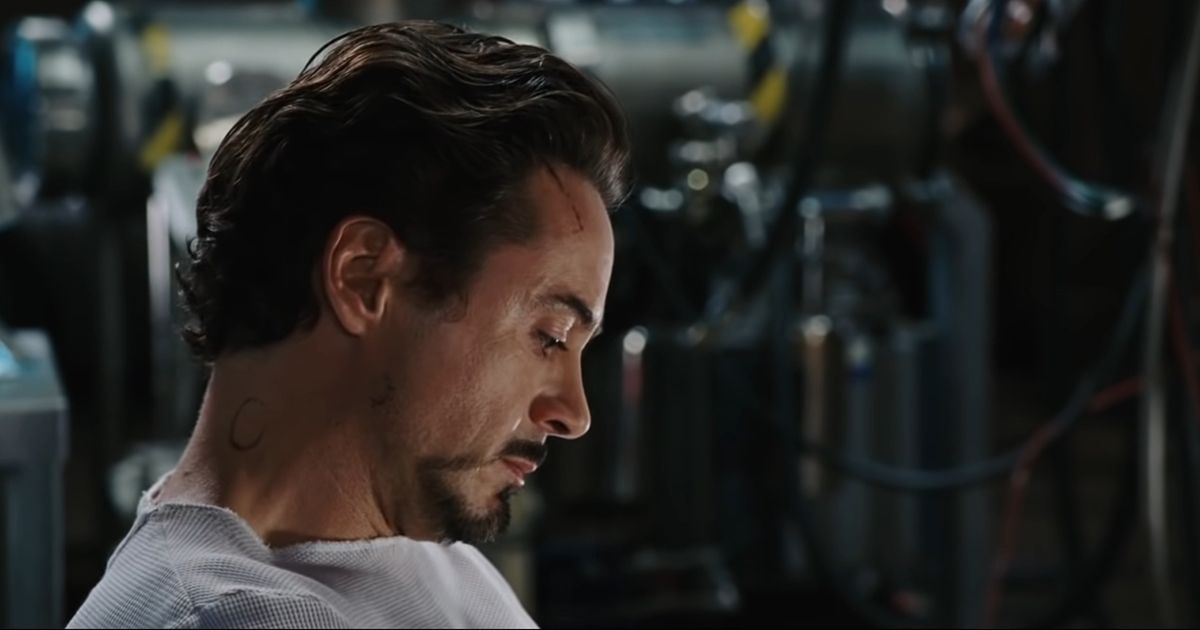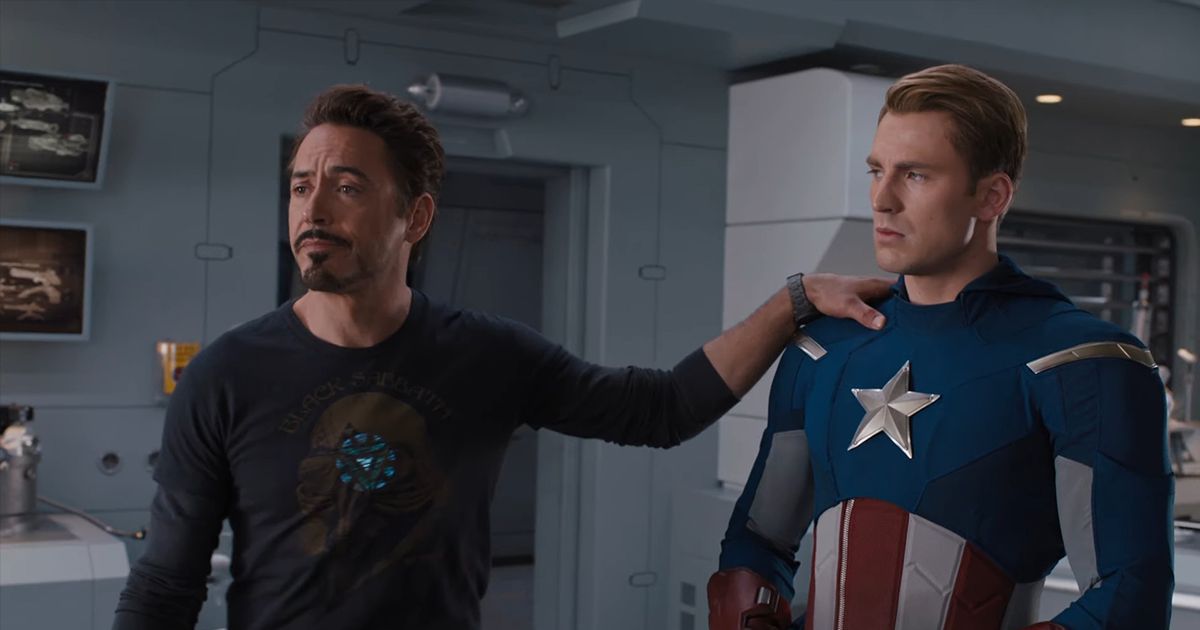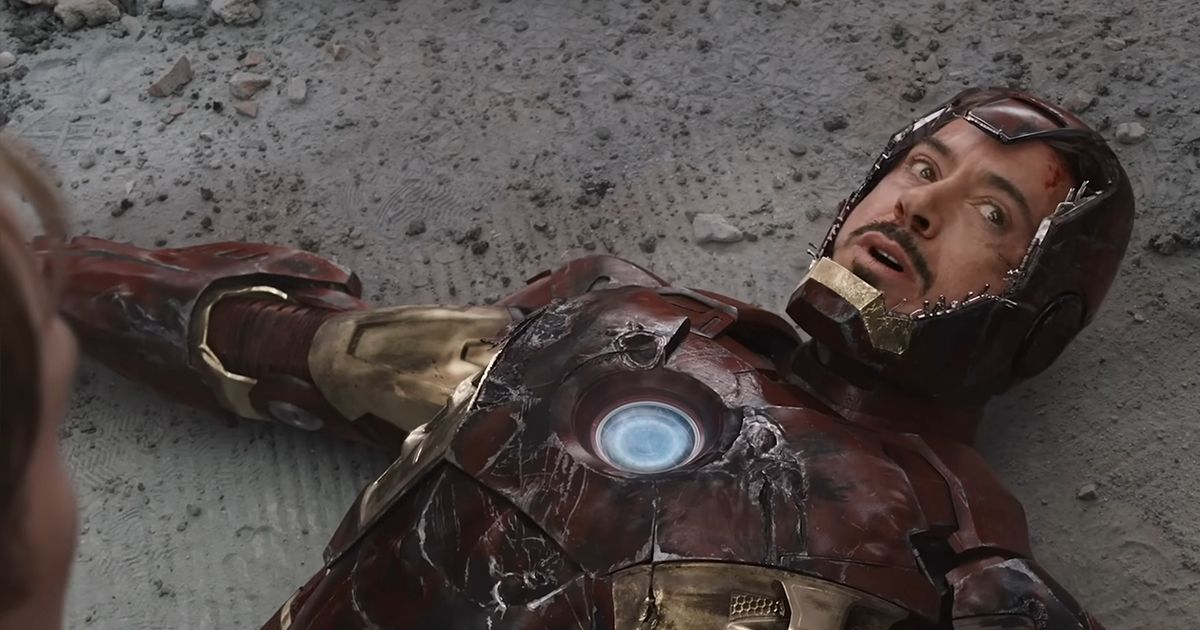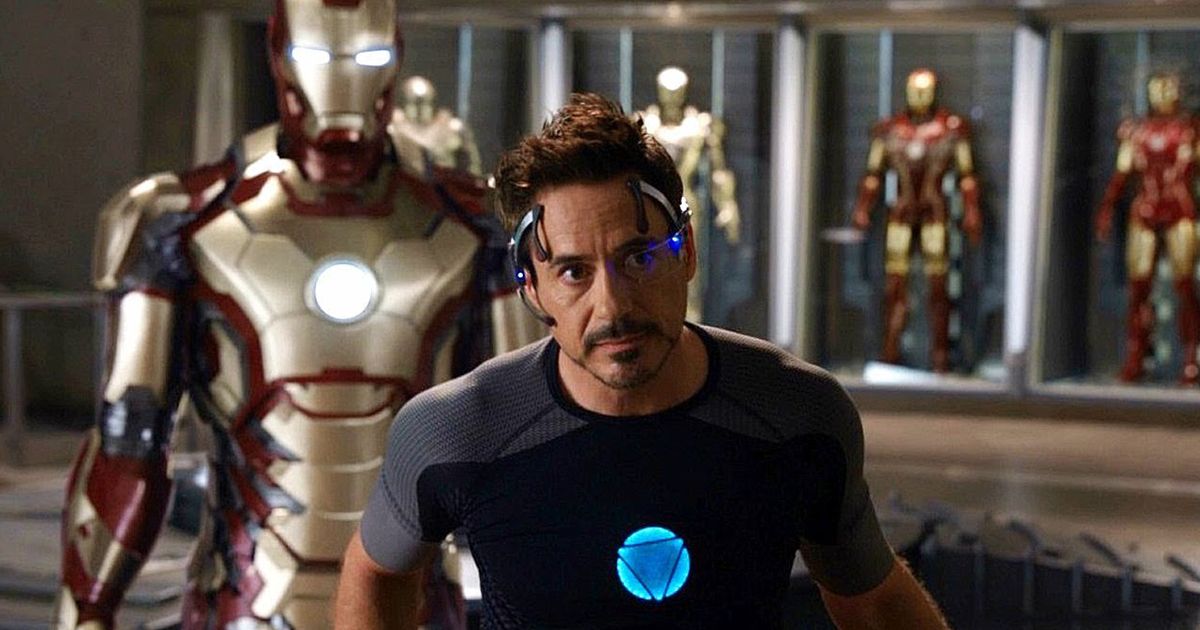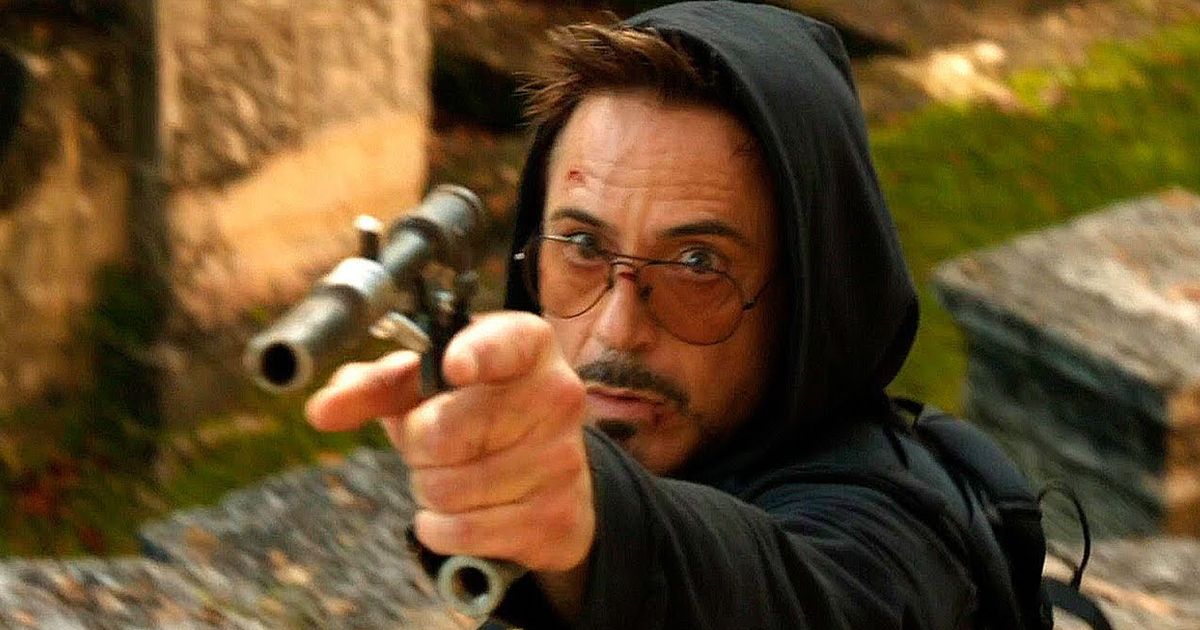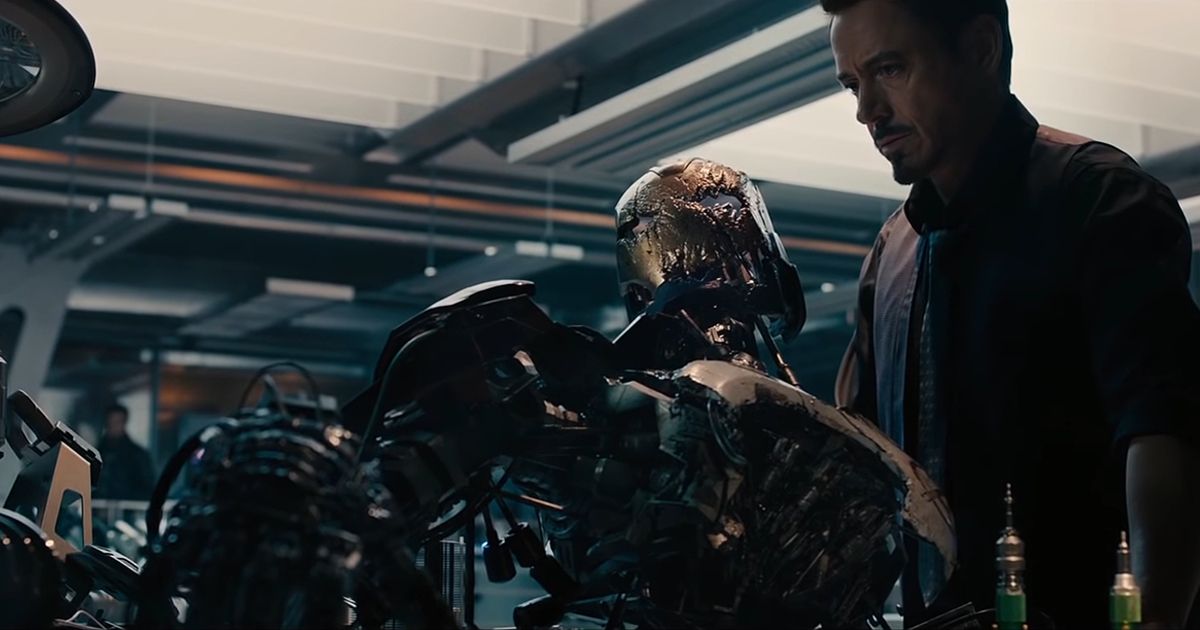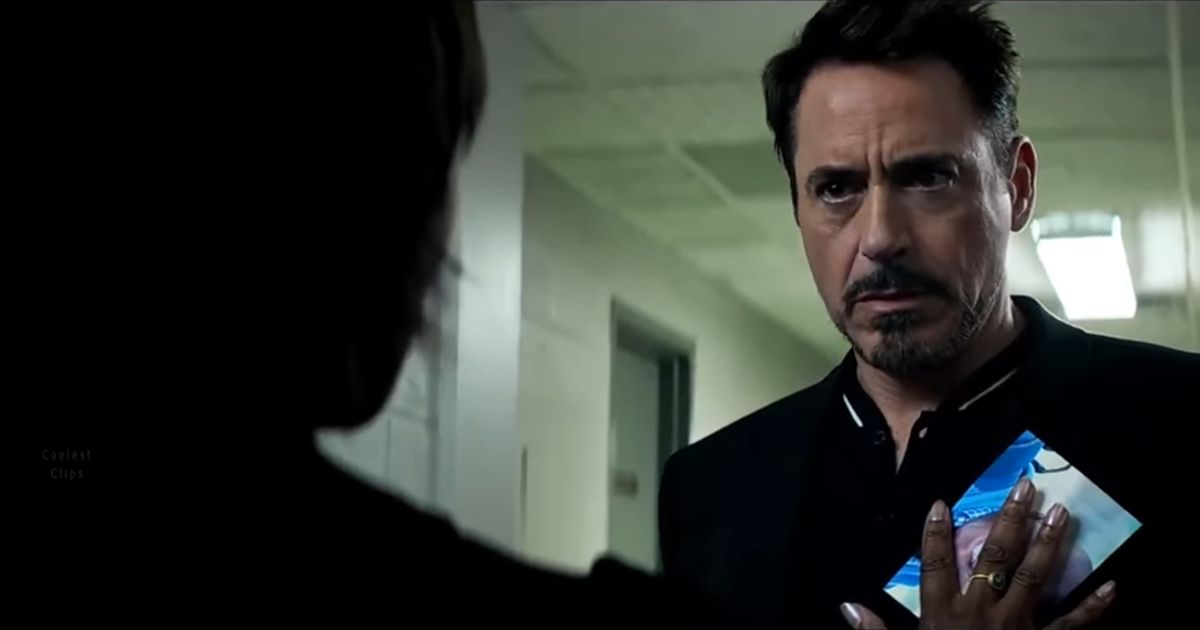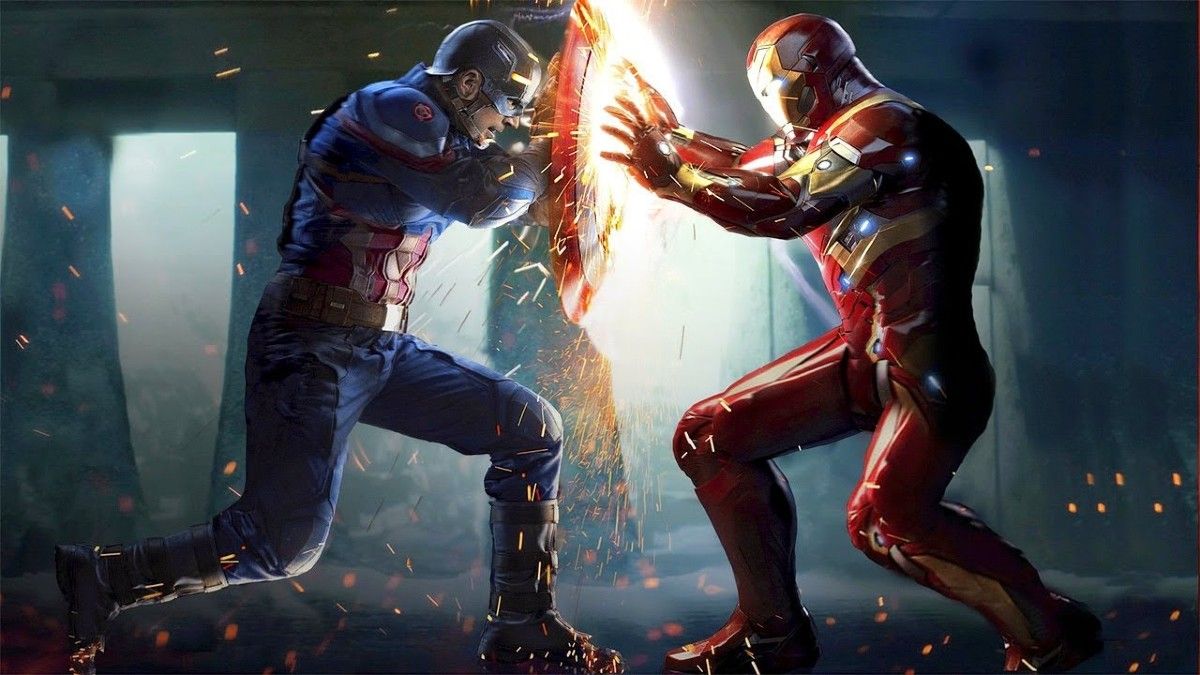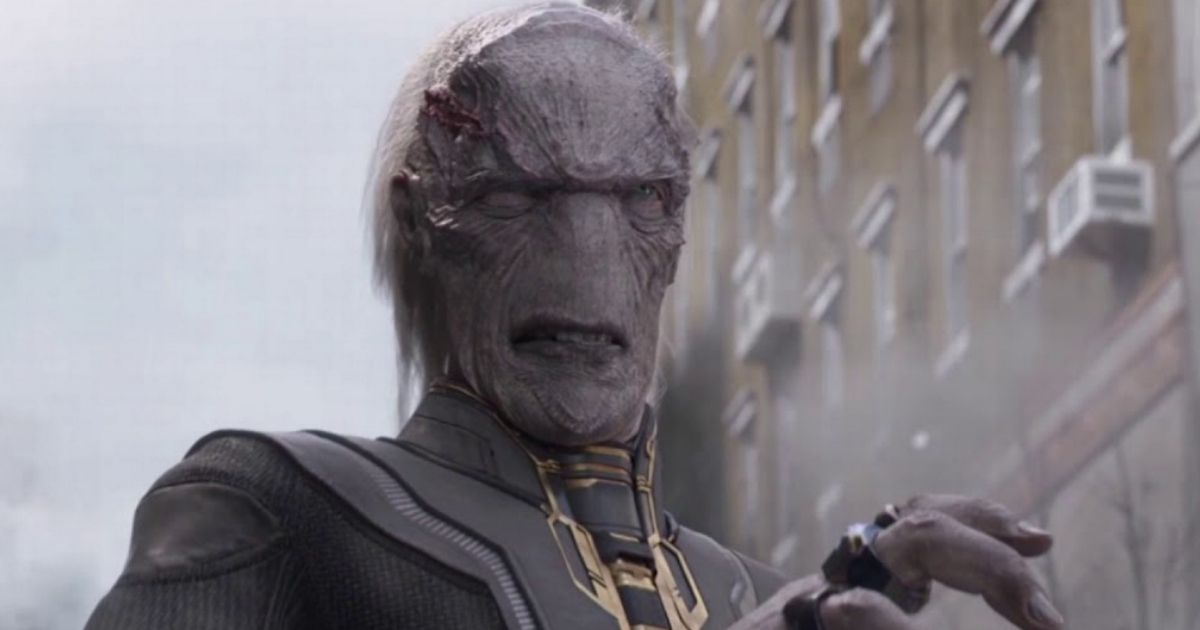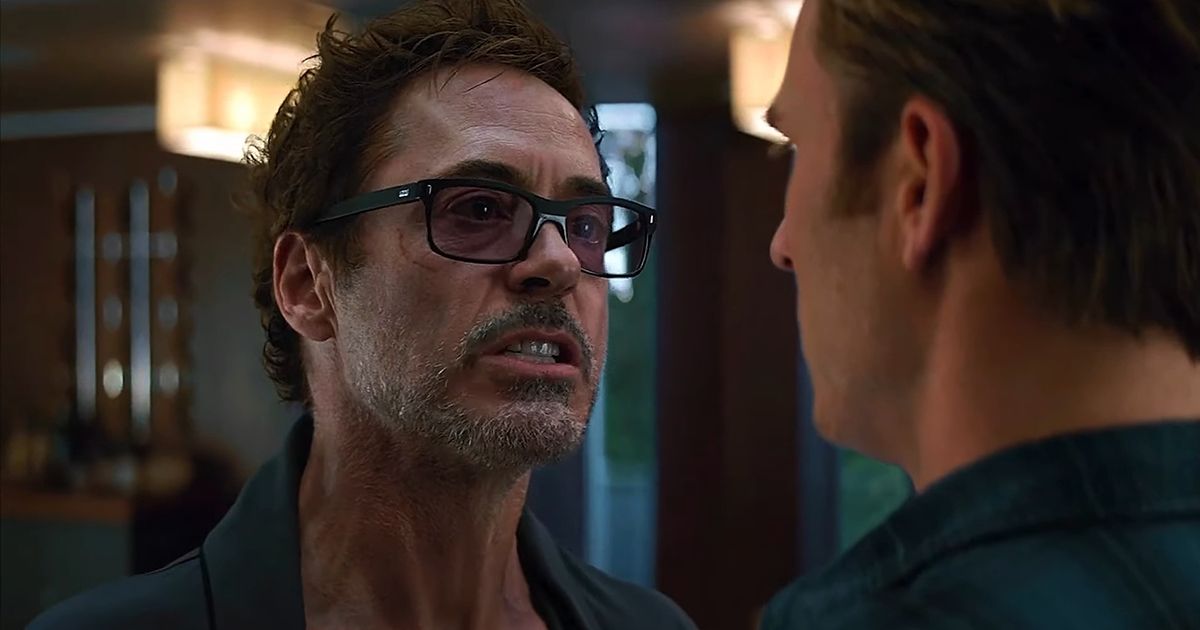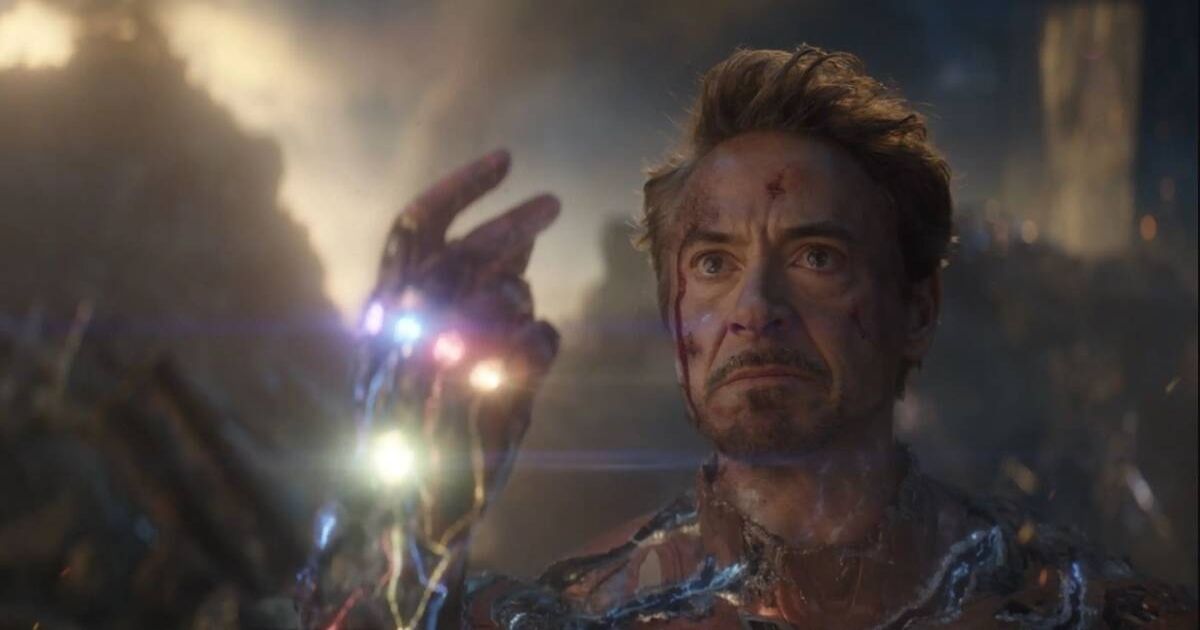Fans of the Marvel Cinematic Universe have recently celebrated the five-year anniversary of Thanos’ Infinity War snap, the epic high point in a glorious superhero saga that was a decade in the making. The MCU now is setting up the foundations for the Multiverse Saga, but audiences agree that the glory days of the franchise are behind it.
Fans generally agree that the MCU is facing a loss of momentum and is struggling to come up with an emotional through-line amidst an overabundance of new characters, movies, and shows. The audience simply isn’t as invested in its new generation of heroes as they are with the old guard. Some make the argument that the loss of these original heroes contributed to the drastic drop in MCU’s appeal following the end of Phase Three.
In between all this, one cannot help but reflect upon the golden days of the MCU, where each next movie added to the overarching narrative, and provided true substance to its original characters. It was this latter point that became the emotional heart of the MCU during the Infinity Saga. After all, heroes fight villains in every action flick ever. What the Infinity Saga did right was craft enchanting story arcs for the central characters, which would color its external conflicts in a beautiful way. And among all the superheroes we have seen in the MCU, none had a character arc so captivating and heart-rending as that of Robert Downey Jr.’s Tony Stark / Iron Man.
Desert Ambush — Iron Man
Tony Stark has a memorable/brilliant character exposition in the MCU that is excellent regardless of the superhero genre tag. The opening scene of Iron Man wonderfully showcases his character traits before he dons the Iron Man costume. In the underrated Jericho monologue, and in his subsequent banter with the soldiers escorting him, he demonstrates flawless charisma, vanity, and self-surety. He is a man who indulges more in his own persona than in anything else, and believes that his work is making all the difference in the world.
All of this self-importance changes in an instant when he realizes that the convoy is being attacked by his own missiles, branded unmistakably with his own name. Over the course of his imprisonment, he silently reevaluates the unseen impact of his actions and emerges from the cave armed with a new mission.
There’s No Art Opening — Iron Man
A witty and extroverted communication style would be the constant for Tony Stark up till his final appearance in Avengers: Endgame. Being emotionally vulnerable or presenting with an air of righteousness is simply not an extension of the character. However, there are a few key moments in the MCU where Stark chooses to open up about his fears honestly. The significant first one takes place near the climactic battle in Iron Man. Planning out a potentially deadly game plan to stop Obadiah Stane, he decides to open up to Pepper Potts, hoping to convince her about the plan.
Downey has the ability to telegraph tension in a way that is unmatched, and it has served his portrayal of Tony Stark greatly. This is the first time we see it in action. There is the sense of desperation, and Downey uses this to navigate a potentially overwrought piece of dialogue in a striking manner. The monologue is short and taut, and he flawlessly digs into its dramatic shades and delivers them with an understated fervor. It is here that he openly states his newfound direction in life, saying, “I shouldn’t be alive unless it’s for a reason.”
Genius, Billionaire, Playboy, Philanthropist — The Avengers
A brilliant stroke in Tony Stark’s character arc is that he doesn’t undergo a complete transformation immediately. Throughout Iron Man 2 and going into the first Avengers movie, he carries the same persona and interacts with the world from a self-centered point of view.
He brings this same self-centered self into the major argument he has with Steve Rogers in The Avengers. This scene is one of the linchpin moments of the entire Infinity Saga, delineating the differences in values between the two outspoken heroes which would go on to cause the events in Civil War. In a moment of overt foreshadowing, Captain America confronts Stark about his narcissistic approach to the heroic role, stating coldly that would never sacrifice himself to save the world.
Through the Wormhole — The Avengers
Of course, Captain America is proven wrong in the end as Iron Man chooses to sacrifice himself to save New York City. He takes the only way out and dives into the wormhole to dispose of the nuclear bomb, disabling all the Chitauri soldiers on Earth. And while he makes it out with his life, seeing the massive army of Chitauris in deep space changes his worldview once more as he realizes that there are far bigger threats to humanity that he is not equipped to deal with. At the same time, the act of self-sacrifice is something of a coming-of-age rite for his heroic persona. With this, he earns the respect of his sternest detractor, Captain America.
Man in a Can — Iron Man 3
The very fun Iron Man 3 gave fans the opportunity to watch an entire fleet of cool Iron Man suits in action. The plot explanation for the fleet, however, is quite personal to Tony Stark. A major focus of the movie is the trauma that Stark suffers after his participation in the Chitauri invasion in The Avengers. He realizes that the resources he has at hand are clearly not enough to protect his loved ones from the bigger threats that lurk. Once again, he opens up about his fears to Pepper, expressing his inability to cope with the awareness of these new threats and referring to himself as just a “man in a can.”
Panic Attack — Iron Man 3
We see in Iron Man 3 that his fears about the incomprehensible threats lurking in deep space lead him straight to his Iron Man suits as a means of coping. This is simultaneously a confession of inadequacy, as revealed in the “man in a can” scene, as well as a fearful attachment to them — these suits are all he has to protect his loved ones. His character arc within the movie elegantly leads him to a position where he has to deal with his problems without the aid of his superhero suit or his billion-dollar security infrastructure.
Stark is seemingly at no loss during this sequence, as he quickly sets up home base in a barn, finds a new, kid assistant, and begins investigating the Extremis explosions. But this has always been a veneer that he conjures up for the world. Things come to a head when he experiences yet another panic attack after realizing that his suit is nowhere close to being fully charged. But after dealing with his fear-based attachment to the Iron Man suits all throughout the movie, it is just a few words from the kid that gives him the epiphany to get over his trauma: “You’re a mechanic right? Why don’t you just build something?”
Suit of Armor Around the World — Avengers: Age of Ultron
By Avengers: Age of UItron, Tony Stark has recalibrated his focus and tries out a more deliberate plan to protect Earth from invaders. His answer to the question of world security would go dreadfully wrong with the birth of the malevolent Ultron, leading Captain America and Iron Man to get into yet another argument.
This time, the argument isn’t about worthiness; it’s about intent. While Captain America operates out of his faith in humanity, Tony reveals, once again, how his mortal fears interact with his stark clarity. He understands that it is only a matter of time before a bigger threat is set upon Earth, and is rushing to do everything in his power to prepare for that moment. However, for Captain America, it’s more important to protect the essence of humanity, even if it means that the war is lost.
Elevator Encounter — Captain America: Civil War
Much of the success of the Infinity Saga can be attributed to its strong emotional foundations — the heroes with their opposing beliefs, the realistic political backdrop, and a strongly grounded chain of consequences springing out from them. In a way, it is Tony Stark’s story that acts as the lens to the Infinity Saga, with Captain America and his story arc acting as the essential opposition to contrast his worldview.
Driven forward by such deeply emotional stakes, it is Captain America: Civil War that contains possibly the hardest-hitting moment in the entire MCU. Following his presentation at MIT, Stark seeks a quiet moment in a deserted corridor, where he is met with a lone woman waiting in front of an elevator.
Played by Alfre Woodard, the character draws Stark’s attention with a searing insult, and reveals that she is the mother of a Sokovia victim. It doesn’t help that Stark opens the conversation by joking that his massive donation to the MIT class helps ease his guilty conscience; nor does it help that he almost assaulted her when she reached into her purse, believing her to be an attacker. When she walks away, Stark appears a deeply burdened individual whose efforts at easing his fears for the world have taken nothing but wrong turns.
An Emotional Brawl — Captain America: Civil War
The contents of Stark’s MIT presentation ends up becoming a major foreshadowing for the ending of Civil War. After a tragic falling-out over their beliefs, the movie takes things one step further by making the conflict between the two heroes about their loved ones. There truly is no right side in the climactic battle between Captain America and Iron Man. We see that Tony Stark is still the same kid struggling with the untimely death of his parents, destined to push away his loved ones in his efforts to resolve his inner demons.
Thanos’ First Invasion — Avengers: Infinity War
Avengers: Infinity War is the very first time that Tony Stark learns about Thanos. But it’s this very threat that Tony Stark has been preparing for since the end of the first Avengers movie. As he goes out to confront Ebony Maw, his words are quippy as usual. But the scene is a perfect showcase of what makes Downey’s portrayal of the hero so effective. Underneath his witticisms, he reveals extremely tense emotional reactions, the kind of which has been gradually consuming the character for a while. The beginning of Infinity War represents the culmination of all his actions over the course of the past few years, and Downey Jr.’s performance reflects that in a subtle but distinct manner.
A Passionate Outburst — Avengers: Endgame
The early scenes in Avengers: Endgame are filled with devastating cuts that only seem to grow worse with subsequent viewings. But none strike harder than the passionate outburst that Stark has after he’s rescued from deep space by Captain Marvel. During the meeting that follows, Captain America demonstrates the same hardy willingness to keep fighting. Stark shows up with his bleak clarity, and knows that it’s a fruitless endeavor. Overcome with despondent rage, he strikes out at Rogers and begins enumerating all the moments where he seemingly abandoned Stark’s plans for this very threat, pointing out what everyone else is refusing to see — that all the things that could be done about it are now in the past.
The Snap – Avengers: Endgame
The fact that the penultimate battle of the Infinity Saga ends with Stark himself is a fitting conclusion to his story arc. As he utters his iconic catchphrase for the last time, it is a call-back to all the formative moments that led him to this moment — from the reformed megalomaniac, to the terrified genius, to guilt-ridden warrior, to the real hero. In reflection, it also confirms Iron Man as the Infinity Saga’s grand protagonist. He is its prime executor, its emotional core, as well as its beginning, since the MCU kicked off with the first Iron Man movie. And with the snap, he is also placed as the closing bracket of the epic Infinity Saga.
This story originally appeared on Movieweb


